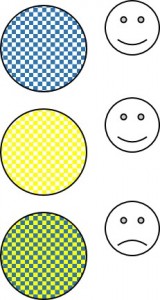Life without bees isn’t life at all. Seriously, have you considered just how empty supermarkets would be if the tiny, bumbling insects went extinct? Since the 1980s, bee populations have diminished…

Western honey bee

A national study suggests that intensive farming is perhaps the greatest danger to wild bee survival. Led by University of Vermont scientist Dr. Insu Koh,…
Biologists at UC San Diego have discovered that a tiny single-celled parasite may have a greater-than expected impact on honey bee colonies, which have been…

As I wrote about in my last post, bees are capable of learning which flowers offer good nectar rewards based on floral features such as colour,…
